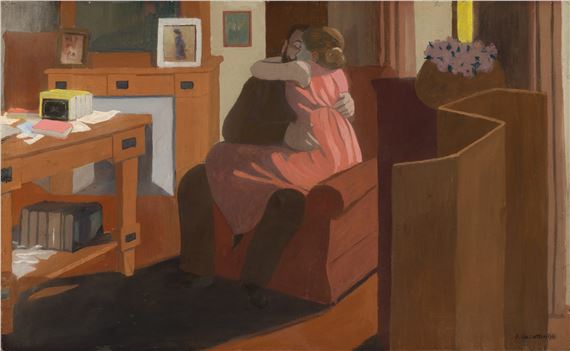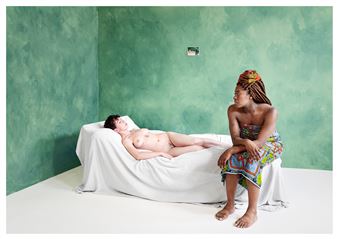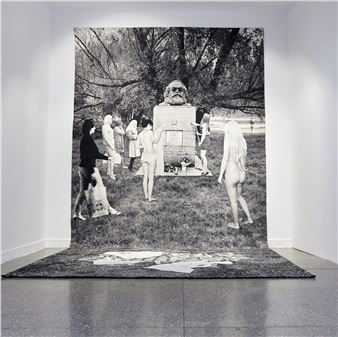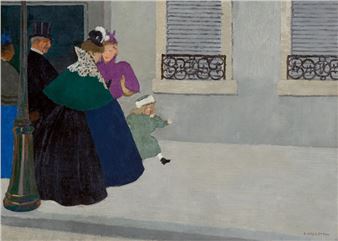Vallotton Forever. The Retrospective
Lausanne, the birthplace of the artist Félix Vallotton, is hosting the largest retrospective of his work ever, a tribute marking the centennial of his death. Part of the Plateforme 10 arts district, the Musée cantonal des Beaux-Arts (MCBA), home a very important collection of Vallotton’s output, and the Fondation Félix Vallotton, a centre for documentation and research, are taking a novel approach to an artist known for his lucid mind, critical spirit, and biting humour.
Spread over an exhibition space of some 1400 m2, the show offers a chronological and thematic display that for the first time brings together every facet of Vallotton’s body of work. The painter and printmaker are seen in dialogue with the illustrator and press caricaturist. Over 250 pieces are on display, including numerous masterworks from Swiss and European collections, inviting us to rediscover a major artist of modernism.
The exhibition first traces Vallotton’s efforts to make a name for himself in Paris, where he arrived at the age of sixteen: his early appearances at the official Salon; his breakthrough as a wood-engraver; his press drawings, which testify to his commitment to social struggles, along with his book illustrations; and finally, his famous interior scenes. In 1893, Vallotton joined the Nabis and fought on the side of the post-Impressionist avant-garde for a symbolist and decorative art. The second part focuses on the revolution that occurred when Vallotton, much to everyone’s surprise, turned to the realist movements of his time. With his reputation firmly established, he now devoted himself exclusively to painting. His subjects re-examined the traditional genres: nudes, portraits, landscapes, still lifes, and history painting. His dialogue with past painters, his carefully considered compositions, and his vibrant colours envisioned a future for figurative painting at a moment of crisis. From 1905 until his death twenty years later, Vallotton worked apart, completely independent of the modernist movements.

Recommended for you
Lausanne, the birthplace of the artist Félix Vallotton, is hosting the largest retrospective of his work ever, a tribute marking the centennial of his death. Part of the Plateforme 10 arts district, the Musée cantonal des Beaux-Arts (MCBA), home a very important collection of Vallotton’s output, and the Fondation Félix Vallotton, a centre for documentation and research, are taking a novel approach to an artist known for his lucid mind, critical spirit, and biting humour.
Spread over an exhibition space of some 1400 m2, the show offers a chronological and thematic display that for the first time brings together every facet of Vallotton’s body of work. The painter and printmaker are seen in dialogue with the illustrator and press caricaturist. Over 250 pieces are on display, including numerous masterworks from Swiss and European collections, inviting us to rediscover a major artist of modernism.
The exhibition first traces Vallotton’s efforts to make a name for himself in Paris, where he arrived at the age of sixteen: his early appearances at the official Salon; his breakthrough as a wood-engraver; his press drawings, which testify to his commitment to social struggles, along with his book illustrations; and finally, his famous interior scenes. In 1893, Vallotton joined the Nabis and fought on the side of the post-Impressionist avant-garde for a symbolist and decorative art. The second part focuses on the revolution that occurred when Vallotton, much to everyone’s surprise, turned to the realist movements of his time. With his reputation firmly established, he now devoted himself exclusively to painting. His subjects re-examined the traditional genres: nudes, portraits, landscapes, still lifes, and history painting. His dialogue with past painters, his carefully considered compositions, and his vibrant colours envisioned a future for figurative painting at a moment of crisis. From 1905 until his death twenty years later, Vallotton worked apart, completely independent of the modernist movements.

 ARTISTS
ARTISTS
















